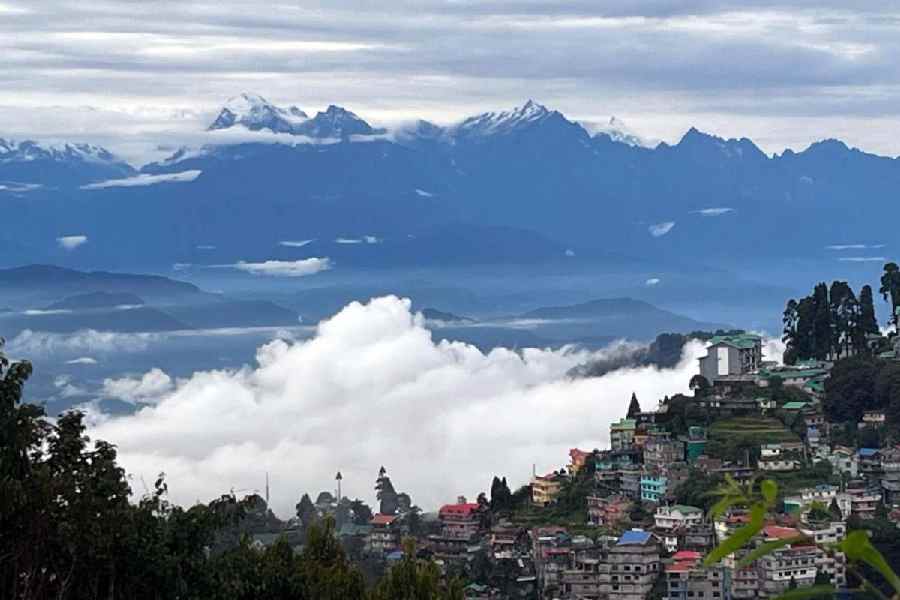Research done by Jharkhand-based IIT Indian School of Mines (ISM), Dhanbad, has revealed that the shrinking of transboundary rivers across the world because of disappearing tributaries and streams is leading to unpredictable climate and loss of agriculture productivity.
The finding came to the fore as part of the 18-month institute-funded research worth Rs 21 lakh, titled “Morphometric delineation of administrative boundaries and classification of threatened categories of watershed in Transboundary rivers”, conducted by a team of IIT (ISM) researchers, led by faculty in the department of environmental science and engineering, Anshumali along with projects assistants in the form of Rahul Kumar Pandey and Rahul Kumar Gupta, besides Sanchit Kumar, a senior research fellow of the same institution.
The journal was published in the leading online source of the scientific, technical and medical research journal, Science Direct, in its January 2023 edition and was shared with the media by IIT-ISM on Friday.
“The research also suggests the delineation of administrative boundaries of transboundary rivers to ensure the protection of their natural boundaries. The transboundary river basins are shrinking as their tributaries and streams are disappearing at an unprecedented rate, causing changes in their catchment area which, in terms, are leading to unpredictable climate, floods and droughts, loss of agriculture productivity, pandemic, disaster and disruption of valuable ecosystem services etc.,” informed dean of media and branding, IIT-ISM, Rajni Singh.
“Not only this, but it also leads to other adversities like groundwater depletion, soil erosion, desertification and surface run-offs. All this, despite the fact that we need 6-8 per cent land cover under surface water on the planet to deliver river-dependent ecosystem services,” added Rajni Singh.
The research highlighted the need for the delineation of administrative boundaries of rivers along small watersheds as it plays a vital role in interlinking ecological and geological entities which are crucial for ensuring the continuous and pollution-free flow of rivers.
“The team which conducted the study on 53.08km of Banki River, a tributary of the Ganga in Jharkhand, in this regard also found a decline of vegetation, water bodies and barren land of the river at the rate of 13.9 per cent,3.6 per cent and 1.6 per cent respectively in the nearby areas of the river between 1991and 2001,” the spokesperson claimed.
The study further noted that irreversible loss in the number of streams, length of the stream and drainage density resulted in the conversion of the 6th-order Banki River into a 4th-order river (degradation in flow and catchment).
“The Banki watershed showed a significant decrease in the drainage density indicating spacing between streams of different orders between 1977 and 2021,” said Anshumali, adding that extreme morphometric changes led to the categorisation of Banki into a critically endangered category.
“The problem is not confined to any particular continent or country but almost every region is affected as approximately 40 per cent of people in the world live in the transboundary lake and river basins shared between two or more countries that cover almost 50 per cent of global land surface and 60 per cent of global water flow” elaborated Anshumali.
“The countries situated along transboundary rivers such as the Amazon, Nile, Mississippi, Yellow, Yangtze, Yenisei, Brahmaputra-Gangaand Indus are facing unprecedented land use and land cover changes in their catchment areas causing unprecedented climate, urban and rural flash floods, drought and groundwater depletion,” he said.










